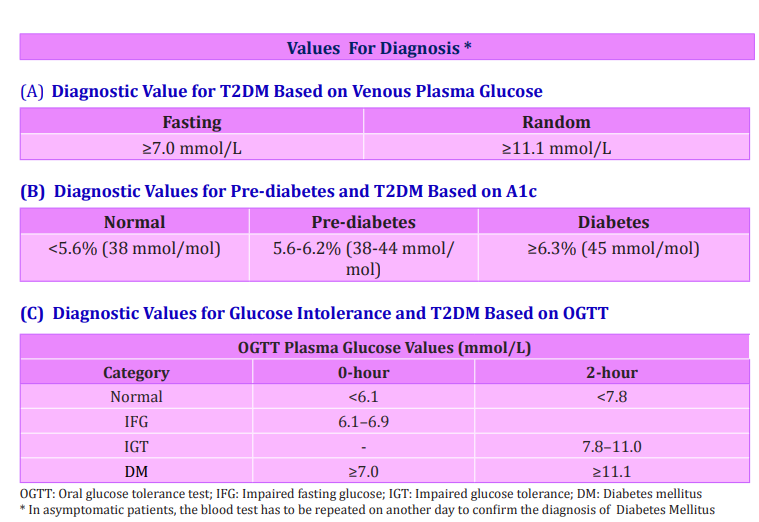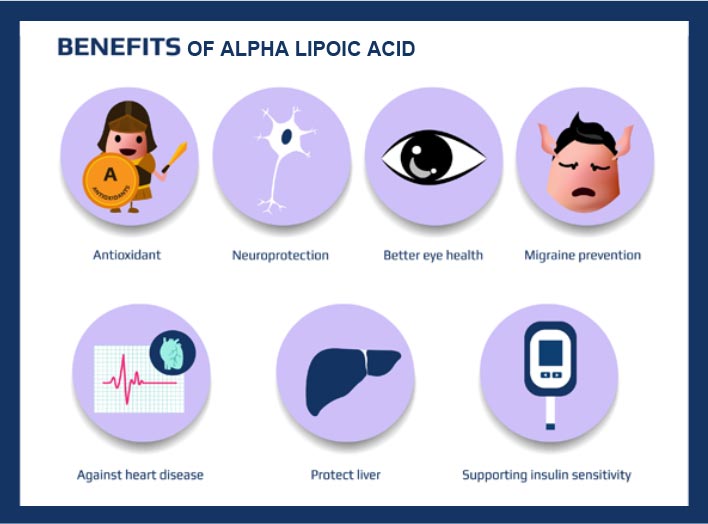Diabetic Neuropathy

Blood glucose is the primary source of energy, and it is derived from the food that we eat. To convert this energy from food that we consume to cells, our bodies require a hormone called insulin, which is produced in the pancreas. With the help of this insulin hormone, energy from food is then converted into cells. When the body is unable to produce enough or any insulin, or when insulin is not used effectively, glucose or sugar remains in the blood and does not reach the cells (2).
Too much glucose in the blood can cause health problems over time. Although there is no cure for diabetes, individuals can take steps to manage their diabetes and stay healthy. Diabetes complications include cardiovascular disease, diabetes neuropathy (nerve damage), nephropathy (kidney damage), retinopathy (eye damage), and many others.

In this article, we will concentrate on the complication of nerve damage, also known as neuropathy. Excess sugar can cause damage to the walls of the tiny blood vessels (capillaries) that nourish nerves, particularly in the legs. This can cause tingling, numbness, burning, or pain, which usually starts at the tips of the toes or fingers and spreads upward. If left untreated, the individual may lose all feeling in the affected limbs (4).
Many studies are being conducted in an effort to reduce the risk of diabetic neuropathy complications, one of which is the use of Alpha Lipoic Acid (ALA). ALA is a type of antioxidant found in a variety of foods, but in very small amounts. Foods containing it include spinach, broccoli, yams, tomatoes, potatoes, carrots, beets, and rice bran. Whereas in animal-based food, the heart, liver, and kidney have higher concentrations of lipoic acid (LA) (5).
Lipoic acid (LA) can be synthesized by the human body in the liver. LA or ALA performs functions such as glucose and lipid metabolism, anti-inflammation, antioxidant property that can be used to regenerate other antioxidants, protein repair, and metal ion chelation. ALA, on the other hand, increases insulin sensitivity in people with diabetes (6).
As an antioxidant, ALA or LA aids in the fight against free radicals or oxidative stress caused by three pathways in the body of people with diabetes mellitus: mitochondrial, enzymatic, and non-enzymatic. Concerning the function of ALA in diabetes, several clinical trials have discovered that ALA may increase insulin sensitivity and help to reduce blood sugar and lipid levels.
There are two detailed studies involving this, in which ALA is administered for two weeks to 22 patients and improvements in fasting and average glucose levels, insulin sensitivity, LDL and HDL, and total cholesterol are seen, but the study is too short to measure the HBa1C level. So, another study related to this is the one that administered ALA orally to 74 patients for 4 weeks and discovered improvements in insulin resistance and fasting glucose (7).
Regarding the sole function of ALA on diabetic neuropathy, it is a possible alternative treatment for diabetic neuropathy. Diabetes causes neuropathy, or nerve damage, which is a permanent and common complication. However, ALA can help to alleviate the symptoms (8).
There are two types of neuropathy, the first of which is peripheral neuropathy, which most commonly occurs in the feet and legs but can also sometimes occur in the hands and arms. It can also cause numbness or the inability to feel changes in temperature, tingling or burning sensations, muscle weakness, a loss of balance, foot problems including ulcers or infections, sharp pain, or cramps. Whereas autonomic neuropathy can affect your autonomic nervous system, such as your heart, bladder, lungs, stomach, and intestines, this includes difficulty swallowing, constipation or uncontrollable diarrhea, bladder problems, erectile dysfunction, a decrease or increase in sweating, sharp drops in blood pressure, and many more (8).
In conclusion, studies show that ALA is able to help alleviate the symptoms of diabetes and diabetic neuropathy. However, the right management of diabetes, such as the intake of its medication, such as metformin, and diet control, together with physical activity, must be done side by side.
References
- National Institute if Diabetes, Digestive and Kidney Disease (NIDDK). United States Department of Health and Human Services. What is Diabetes? https://www.niddk.nih.gov/health-information/diabetes/overview/what-is-diabetes#:~:text=Diabetes%20is%20a%20disease%20that,to%20be%20used%20for%20energy. (Accessed on June 16, 2020).
- National Diabetes Institute of Malaysia (NADI). https://www.diabetesmalaysia.com.my/article.php?aid=8#:~:text=Your%20target%20blood%20glucose%20levels,in%20the%20last%203%20months. (Accessed on June 16, 2020).
- Clinical Practice Guideline (CPG) for Management of Diabetes Mellitus Type 2. 5th Ministry of Health Malaysia (MOH). https://www.moh.gov.my/moh/resources/Penerbitan/CPG/Endocrine/3b.pdf (Accessed on June 16, 2020).
- Mayo Clinic. Diabetes. https://www.mayoclinic.org/diseases-conditions/diabetes/symptoms-causes/syc-20371444 (Accessed on June 16, 2020).
- Alpha Lipoic Acid Supplement. https://www.webmd.com/diabetes/supplement-guide-alpha-lipoic-acid (Accesed on June 16, 2020).
- Saeid Golbidi, Mohammad Badran and Ismail Laher. Diabetes and Alpha Lipoic Acid (2011). Frontiers in Pharmacology. Journal of Pharmacology.NCBI. DOI 10.3389/fphar.2011.00069
- Diabetes Action. Alpha Lipoic Acid. https://diabetesaction.org/article-alpha-lipoic-acid#:~:text=While%20most%20of%20the%20research,of%20oxidative%20stress%20and%20inflammation. (Accessed on June 16, 2020).
- Alpha Lipoic Acid (ALA) and Diabetic Neuropathy. https://www.healthline.com/health/alpha-lipoic-acid-and-diabetes (Accessed on June 16, 2020).




